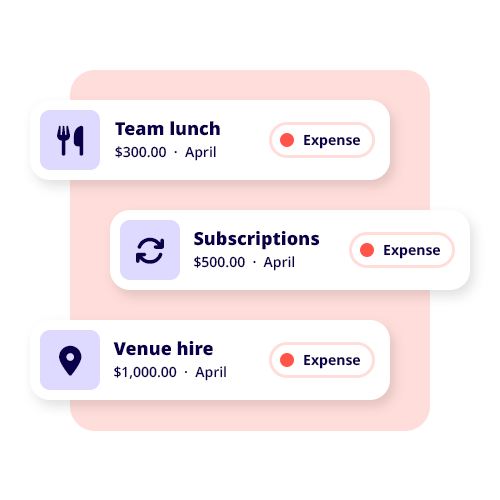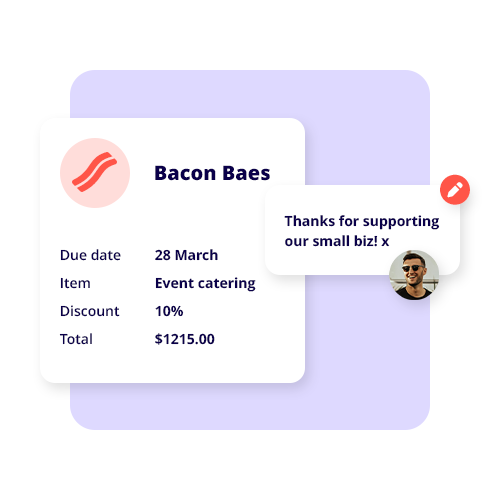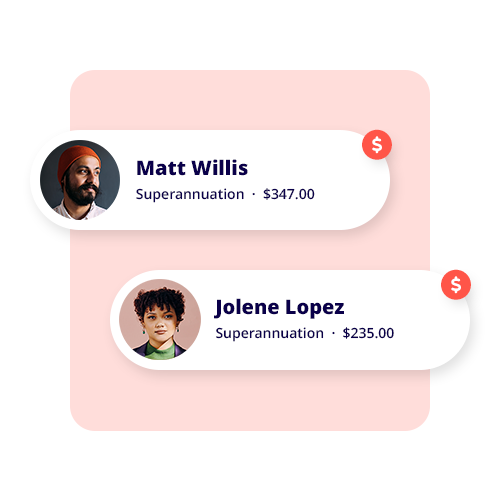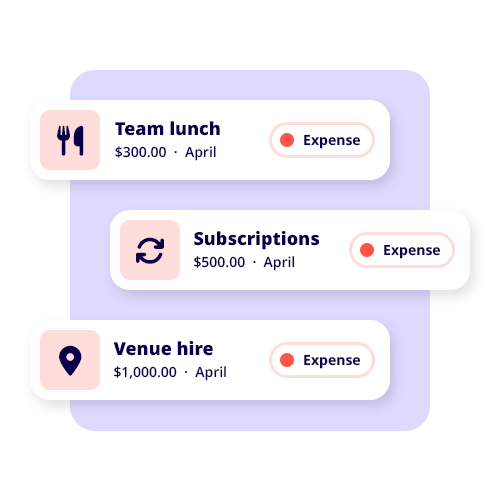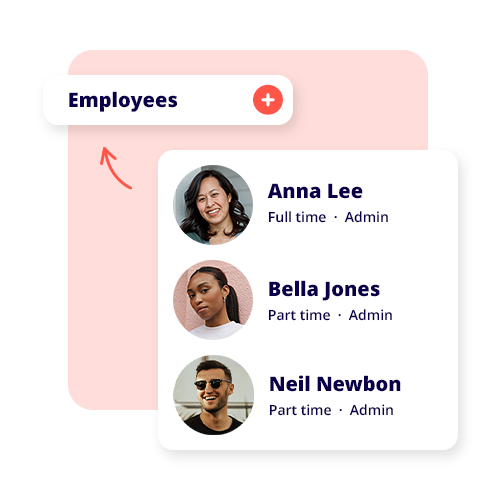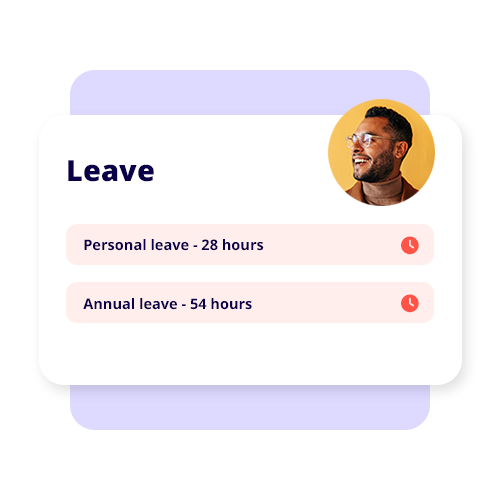TABLE OF CONTENTS
The job market is constantly changing – for better or worse – and with so much economic uncertainty these days, it’s understandable that professionals want to stay ahead of the curve. One strategy that gained serious traction during the pandemic is something called career cushioning – where you take proactive steps to safeguard your future employment.
It’s a method that helps employees mitigate the risk of job loss or career stagnation by exploring other opportunities while they are still employed. At a time when many businesses care more about profits than creating job security for their employees, being prepared is more important than ever.
What exactly is career cushioning?
Career cushioning is all about creating a safety net for yourself while you’re still in your current role. It can involve everything from updating your skills, networking more, and exploring other potential career options through a side hustle – all to ‘cushion’ the impact of a sudden job loss or economic downturn. Much like setting up a financial safety net for emergencies, career cushioning means you won’t be left scrambling should your current job come to an unexpected end.
Rather than waiting for other things to influence your career, you can empower yourself through career cushioning as you are now taking control and staying ahead of the game.
What are the reasons people career cushion?
1. Lack of job security
With an unpredictable economy more often the rule rather than the exception these days, even well-established companies can face mass layoffs, downsizing, or closures – as we’ve seen across the tech sector recently. Job insecurity can make workers seriously anxious, forcing them to explore alternative employment options. Career cushioning gives you the peace of mind that you have a backup plan in place should your job be affected.
2. Interest in a new career path
Some people want to pursue a completely different career path but are worried about leaving their current position before locking in another job. If you’re contemplating a career change, career cushioning lets you test the waters in a new field while still being employed. You might start taking courses, networking in a new industry, or taking on a side hustle related to your desired career shift. That way, you can gradually transition into a new career without putting yourself at financial risk.
3. Dissatisfaction with your current job
It’s completely normal to feel dissatisfied or unfulfilled in your current role, whether that’s because of a lack of growth opportunities, poor work-life balance, or simply boredom. Career cushioning is an opportunity to evaluate other career options and explore a potential new job without quitting your current role prematurely. If you feel your current skills are underutilised, this can give you the time and flexibility to pursue something more aligned with hard and soft skills.
4. Broadening your skillset
Developing new skills or getting another university degree can not only make you more valuable to your current employer, but also opens doors to other job opportunities. Expanding your qualifications and abilities will help you become a more attractive candidate for changing industries or following an exciting alternate path in your career.
5. Fear the job market is unstable
Economic downturns, worrisome industry trends or global disruptions can force even the most loyal employee to want to have a Plan B. Giving yourself a safety net can protect you from all of these uncertainties and more. Building relationships with recruiters and updating your résumé can help mitigate the risks posed by an unstable job market – and they only take a few seconds of your time.
6. Backup plan in case of unexpected job loss
Nobody expects to lose their job suddenly, but it’s a reality that many professionals find themselves in because of organisational changes or restructuring. Think of career cushioning as your backup plan. It’ll give you the confidence that if a job loss does happen, you’ll be prepared to move forward with other opportunities already in the pipeline.
Example of career cushioning
Imagine a marketing manager at a mid-sized company. They’re generally satisfied with their job, but they’ve noticed that the company has been going through some financial issues. Sensing that their position could potentially be in jeopardy in the near future, they decide to career cushion.
They start by taking a few online courses in digital marketing to broaden their skill set and make themselves more marketable in areas like social media and video. They also update their LinkedIn profile and start connecting with more people in their industry. Furthermore, they take on freelance marketing projects outside their normal work hours to get additional experience.
These steps allow the marketing manager to stay prepared; if their role is made redundant, they’ll have a head start in their job search.
When should you start career cushioning?
The best time to start career cushioning is before you need it. Waiting until your job is at risk will leave you scrambling to build out your network or gain new skills. Staying on top of your career-cushioning strategies while you’re still employed means you’re always prepared for any eventuality.
If you notice any warning signs at your current workplace – such as layoffs, budget cuts or changes to leadership – it’s a good time to start taking action. Plus, even if you feel very secure in your current role, it never hurts to stay connected with your fellow industry workers and develop your skills.
Start looking at career coaches
One way to make sure you’re cushioning your career well is by hiring a career coach. A career coach can give you highly personalised advice on how to navigate your career according to where you are at right now. So whether you’re looking for a new opportunity or trying to maximise your potential in your current role, they’ll be able to highlight areas for improvement and guide you in developing a clear career plan moving forward.
How to begin career cushioning the right way
- Update your résumé and LinkedIn profile: Make sure they reflect your latest achievements and skills, and start building new connections with recruiters or industry leaders.
- Build your network: Networking is a powerful tool, so attend industry events, join relevant professional groups and keep in touch with former co-workers and employers.
- Develop new skills: Think about the value of investing in courses or certifications in areas that will make you more employable, especially if you’re looking to shift into a new industry entirely.
- Explore side hustles: Freelance or contract work can be a great way to build experience and develop new skills while maintaining your current job.
Whether you’re struggling with job insecurity, interested in a new career path or just want to develop your skills, career cushioning can give you the peace of mind that you’re ready for whatever comes next.




